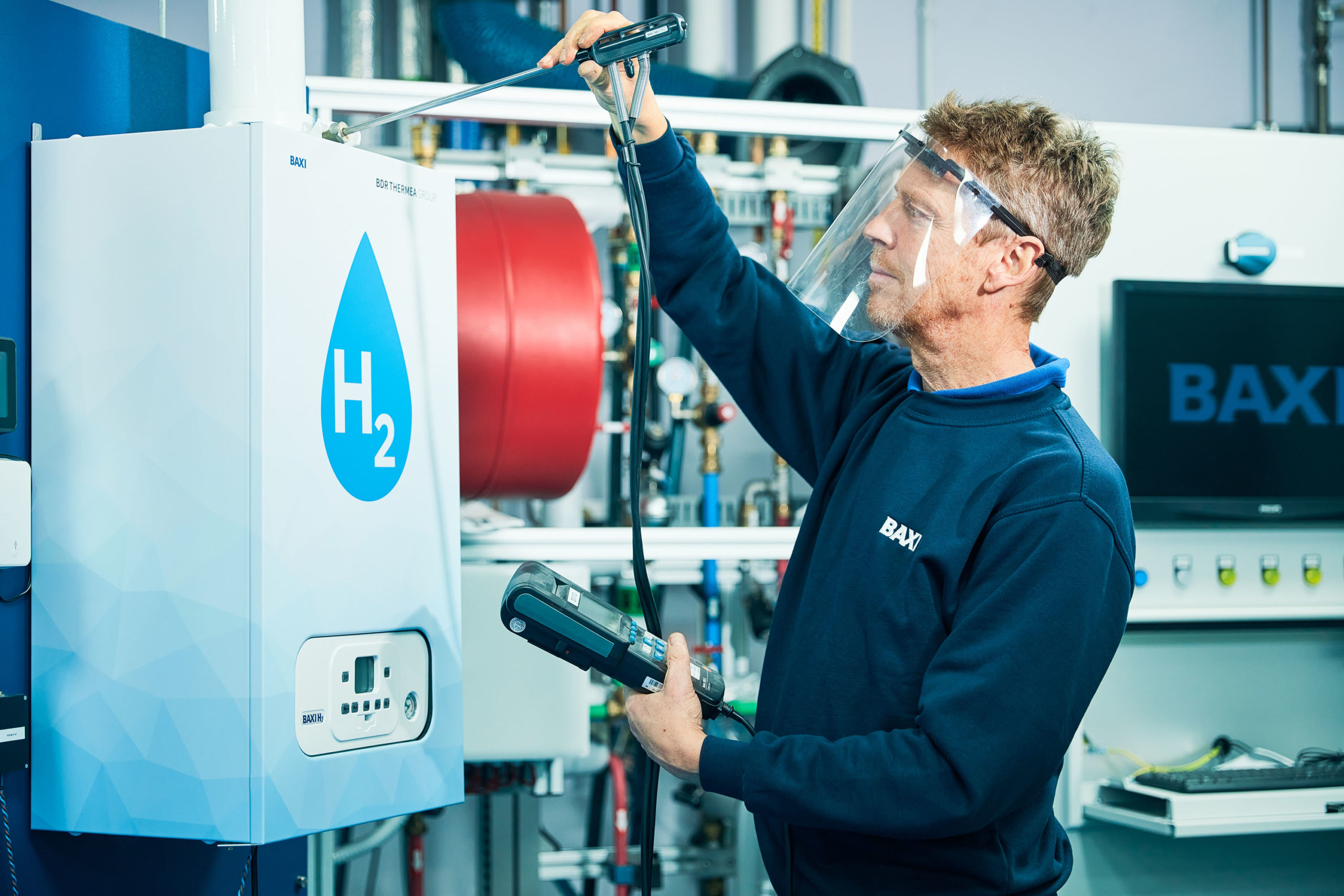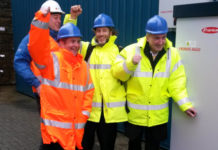Meeting the government’s target for installing heat pumps may require up to three times the 50,000 technicians which Whitehall foresees, industry experts now estimate.
By 2028, the government’s Heat and Buildings Strategy aims to have instals running at 600,000 a year. A meagre 35,000 devices were installed in 2020, as Covid lockdowns bit.
New research into installers’ working practices released today by a committee of systems practitioners at the Heating & Hotwater Industry Council finds that Whitehall’s numbers need more steam pressure built up behind them.
From its investigations, the HHIC’s systems group concludes that around 150,000 installation workers – not 50,000 – may be necessary to meet the government’s target.
The implied figure of 100,000 new recruits to be attracted to design and fit heat systems is close to the total of all qualified technicians named on today’s national Gas Safe Register, the researchers point out.
“The industry is at a pivotal point”, declared committee chair Steve Keeton. ”With an ageing workforce and more demand for modernised skills, we must look to new entrants as fundamental to providing the solution”.
Whitehall too must seek new ways of spurring heating engineers to upskill into renewable technologies, Keeton added. Attracting younger people to the industry, and determinedly adding low-carbon technologies to their skills portfolios were the cornerstone of achieving Britain’s emissions goals.
No single silver bullet exists to purge carbon from Britain’s heating systems, the industry body acknowledges. Hydrogen-ready boilers, – pictured – favoured as one low carbon solution once gas-only boilers are banned from new homes after 2025, should already be featuring on training programmes, the HHIC believes.
The government’s promotion of hydrogen to heat homes in future is backed by UK manufacturers’ ‘price promise,’ Keeton notes. In other words, new boilers installed in 1.7 million homes each year could be switched over at no cost to consumers.
“If Britain is to successfully meet our 2050 ambitions, heat networks and hydrogen must be part of the strategy, in tandem with heat pumps,“ the training spokesperson added.
“We must work from the grassroots up in order to create the bedrock of multi-skilled installers to successfully decarbonise the heating economy.”
For more about the research, visit the HHIC Website here.





The ever-increasing demand for skilled jobs in the UK is a beacon of light for employers and training facilities. However, the energy world is rapidly moving to more distributed generation and competing demands for skills – for example, eastern England’s growth of wind power and solar farms – and creating and distributing hydrogen around gas networks.
To stop the emissions of fossil carbon by 2050 we need much more efficient equipment that uses less energy. The best condensing gas boiler, powered by natural gas or methane is no more than about 90% efficient in converting the energy in hydrogen into heat; the alternative is a ground source heat pump (GSHP) that is more than 4 times more efficient in providing heat: for every kWh of electricity to run it, 4 kWh of heat is produced. And the production of hydrogen from electricity is around 65% efficient, making hydrogen even less efficient to power a gas boiler. And gas boilers produce harmful nitrogen oxides (NOx). Hydrogen should be reserved for moving applications in particular transport as well as off grid applications and energy storage, preferably to power a fuel cell rather than an internal combustion engine which like the gas boiler is inefficient in converting the energy content of hydrogen into traction; fuel cells do not emit NOx.